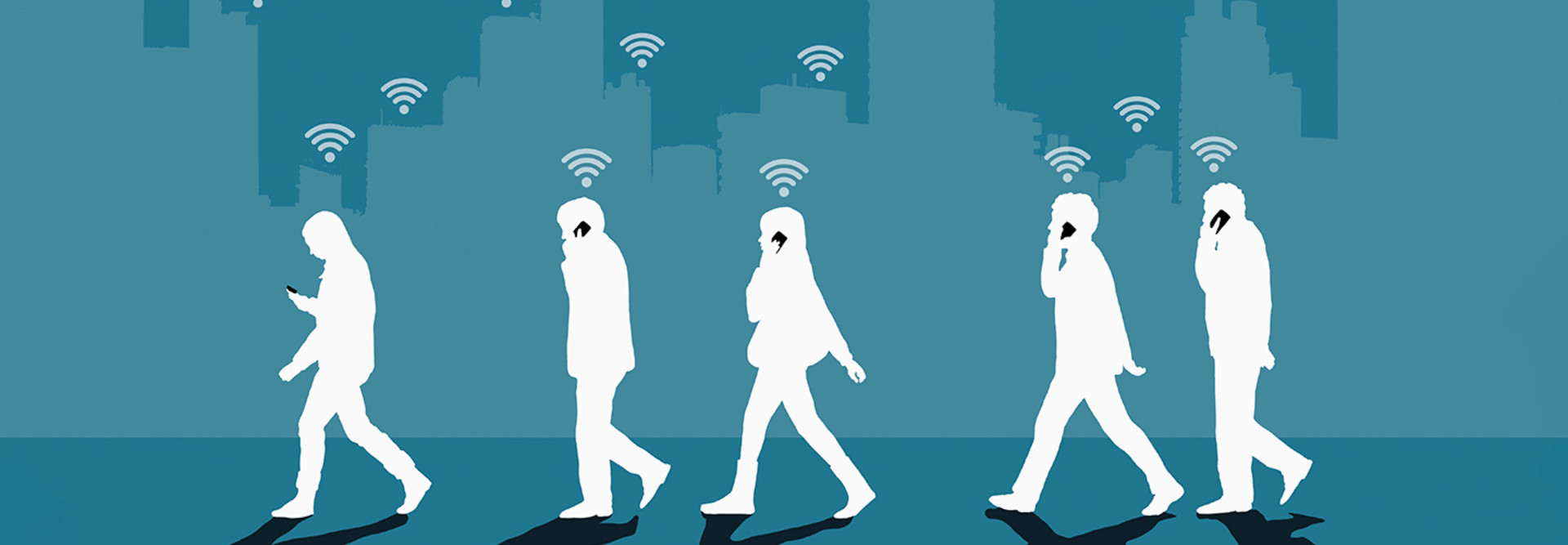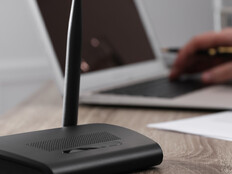Free public Wi-Fi networking is no longer a luxury; it’s a basic expectation of consumers in a wide variety of venues. People expect coffee shops, libraries, airports and hotels to offer reliable, high-speed network access with minimal barriers. Those expectations are now evolving, with people beginning to expect free Wi-Fi access in public spaces. Cities around the world are stepping up to meet this need through the deployment of open municipal wireless networks.
Major cities certainly lead the way, with deployments in New York, Indianapolis and Pittsburgh, but many smaller cities are also getting in on the game. South Bend, Ind., Akron, Ohio, and Statesville, N.C., are just a few of the dozens of cities supporting open wireless networking projects. Many more cities are in various stages of considering or deploying new networks.
The motivations for these projects range from economic development designed to make cities more appealing to tourists and business travelers to egalitarian efforts seeking to bridge the digital divide by placing Wi-Fi in reach of every citizen. Whatever the motivation, building out public wireless networking requires a significant investment of time and resources. Let’s take a look at a few ways cities considering public Wi-Fi can get started
1. Start Wi-Fi Pilots That Are Low-Risk
The first stages of a municipal Wi-Fi network shouldn’t aspire to provide citywide service. That level of undertaking is ambitious and requires the investment of tremendous infrastructure resources. Instead, seek out opportunities to provide coverage in high-profile areas where the implementation risks are low. For example, the city of Madison, Wis., offers wireless networking at nine libraries and 14 community or cultural centers throughout the city. These 23 locations seek to bring wireless access to the populations most vulnerable to the digital divide.
This approach has the advantage of limiting the required infrastructure investment, particularly if public Wi-Fi is brought to locations with existing robust internet connectivity. The initial pilot deployments may then be used as the platform from which to launch broad coverage.
2. Use Existing Infrastructure to Build Networks
One of the compelling advantages municipalities have when deploying wireless networks is ownership, operation or influence over existing infrastructure that may serve as the backbone of a public wireless network. Using existing wiring, power and connectivity reduces the cost of wireless network programs and reduces the time to deployment.
New York used this approach on a large scale when it launched the LinkNYC program, which brings both wireless network connectivity and charging stations to approximately 1,600 locations throughout the city’s five boroughs. Each of the LinkNYC kiosks took the place of an existing telephone booth. The city took advantage of the fact the underutilized booths occupied prime locations on the streets and also had power and telecommunications infrastructure in place. The city of Portland, Ore., is undertaking a similar project using different infrastructure. Portland intends to install public Wi-Fi access points on many of the city’s existing streetlights.
READ MORE: Find out how to secure citywide Wi-Fi networks.
3. Think About Smart City Use Cases
Public Wi-Fi is a compelling use case for a municipal network, but the infrastructure required to support these networks also enables many other smart city use cases. The Smart+Connected City Wi-Fi program from Cisco, for example, promotes the use of municipal wireless networks to enable citywide location services, deploy smart parking and traffic monitoring solutions, provide automated utility meter reading, monitor air quality, and provide situational awareness for law enforcement.
549 million
The number of public Wi-Fi hotspots expected worldwide by 2022
Source: statista.com, “Number of public Wi-Fi hotspots worldwide from 2016 to 2022,” Sept. 3, 2019
In Spain, the city of Barcelona embraces many of these applications. Its intelligent infrastructure monitors parking and notifies drivers of nearby vacant spaces. It also manages the city’s electrical infrastructure by monitoring streetlights and electric vehicle charging stations.
Other smart city applications in Barcelona cover trash disposal, bike-sharing, public buses and environmental monitoring.
4. Seek Public-Private Partnerships for Wi-Fi Networks
Public-private partnerships offer unique opportunities for cities to leverage their public network deployments to improve service quality, reduce capital expenditures and generate additional revenue.
In some cases, cities choose to outsource the deployment of public wireless networks to telecommunications companies, which either operate the network under contract with the city or do so as a public service. Gorge Networks, for example, operates a series of public Wi-Fi hotspots in The Dalles, Ore. The LinkNYC network kiosks include large digital screens displaying messages from corporate sponsors. The advertising revenue generated by the kiosks is designed to cover the network’s operating costs and generate a significant profit for the city and the firm operating the network.
These public-private partnerships are not, however, without controversy. In early March, Jessica Tisch, New York City’s commissioner of the Department of Information Technology and Telecommunication, said CityBridge, which is installing the Links, had fallen behind not just in the installation of the kiosks but on the revenue the consortium promised to the city. Citizen advocacy groups may also object to private uses of municipal property as well as the potential for these networks to place personal information in the hands of corporate partners. Cities considering these partnerships should clearly define privacy policies governing the collection, storage and use of personally identifiable information generated by the network.
Public Wi-Fi brings important benefits to cities by increasing economic development opportunities, improving constituent satisfaction and enhancing city services. Cities considering the deployment of public networks should begin with carefully selected pilot projects, take advantage of existing infrastructure and seek out opportunities to partner with the private sector.











